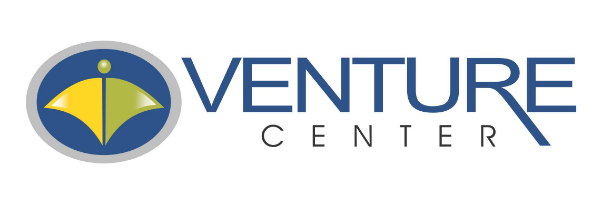Serigen: Innovating with Silk for Wound Healing and Tissue Regeneration
Serigen, founded by Dr. Anuya Nisal, is pioneering the use of silk-based solutions for advanced wound healing and tissue regeneration. Leveraging her extensive
background in chemical engineering and materials science, Anuya has developed innovative products that address critical medical challenges, making Serigen a leader in the field of biomaterials.
The Beginning
Serigen’s journey began at the National Chemical Laboratory (NCL) in Pune, where Dr. Anuya Nisal collaborated with Dr. Ashish Lele, a renowned polymer scientist, to explore the versatile applications of silk, a biomaterial abundant in India. Their research focused on dissolving silk threads into solutions and processing them into various shapes and structures, laying the foundation for silk-based scaffolds used in tissue regeneration.
Guided by conversations with medical professionals and industry experts, Serigen identified critical applications for their silk-based products. The first challenge they tackled was bone regeneration. Interactions with orthopedic surgeons highlighted the limitations of current methods like auto grafting. Serigen’s innovative approach used silk’s mechanical strength to create scaffolds with pores conducive to natural bone deposition. Their method of controlling scaffold dissolution ensured compatibility with the body’s healing process, offering a unique solution not found in other materials. Animal studies conducted under ISO standards confirmed the safety of these scaffolds, paving the way for clinical trials.
Expanding the Portfolio: Wound Care and Soft Tissue Regeneration
Beyond bone regeneration, Serigen expanded its portfolio to include advanced wound care and soft tissue regeneration products. Their wound care solution, Seriderm, was developed to address the challenges of complex wounds like diabetic foot ulcers and second-degree burns. Traditional dressings often adhere to wounds, causing pain and hindering healing. Seriderm, however, offers non-adherence, superior absorption, and optimal moisture vapor transmission, facilitating swift and comfortable wound
healing. Serigen’s commitment to innovation extends to soft tissue regeneration with
Serimat, designed to regenerate soft tissues effectively. Together, these products demonstrate the versatility and power of Serigen’s silk-based platform, offering comprehensive solutions for both internal and external medical challenges.
A Vision for the Future
Serigen’s pioneering work in silk-based biomaterials represents a significant leap forward in the fields of wound care and tissue regeneration. With patents granted in India, Europe, Japan, and the US, and ongoing clinical trials, Serigen is poised to bring these groundbreaking solutions to a global market, transforming patient care and advancing the field of regenerative medicine.

